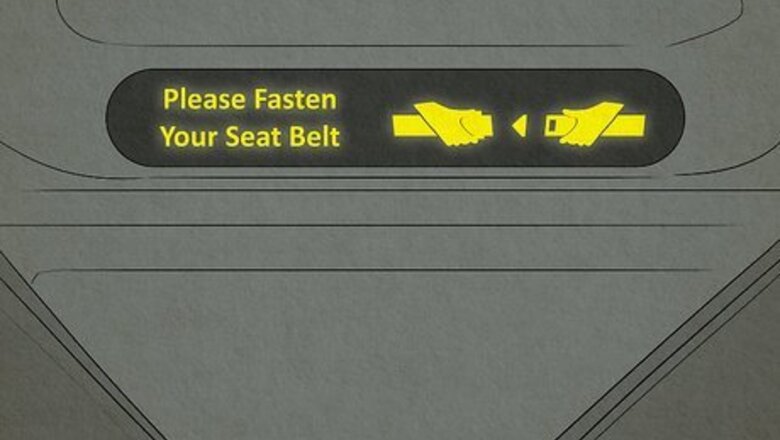
views
When should I assume the brace position?
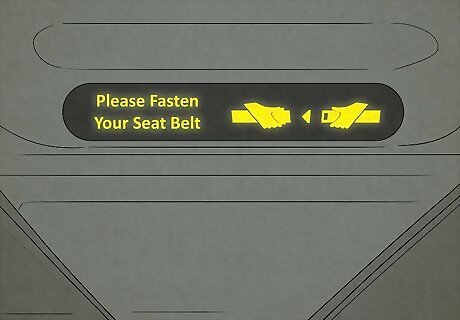
Listen for an announcement or watch for the seatbelt sign to flash repeatedly. If the pilot suspects a rough landing or turbulence, a member of the flight crew will make an announcement and tell you to brace for impact. Depending on the airplane, you may also see the seatbelt sign continue to flash. Take a deep breath and try to stay calm—you know what to do! The flight crew might say, "Get into an emergency position," or "Head down and lean forward," for instance.
How do you do the brace position?
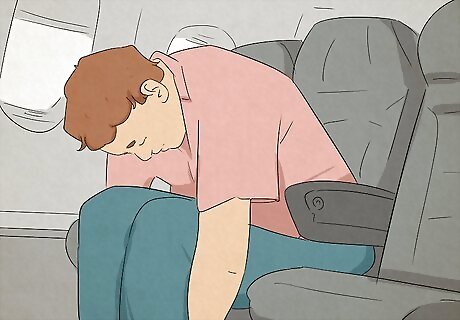
Tuck your chin down and bend forward. Check that your seat belt is buckled and tight across your lap. Then, lower your head so your chin is near your chest and bend your whole body forward as if you're rolling into a ball. Drawing your head down prevents your head from jerking back suddenly.
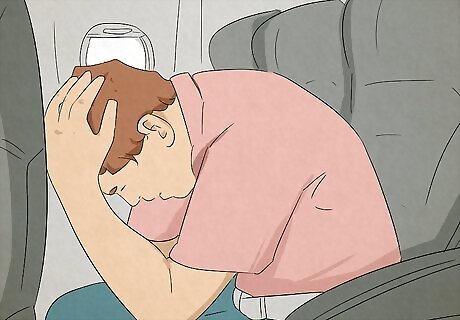
Put your hands on your head and press your head against the seat in front of you. Place your hands on the back of your head and tuck your elbows close to your sides. Put your head up against the seat that's in front of you so it will cushion any impact. Remember, it's really important to bend forward so you reduce the distance between your head and the seat in front of you. Don't sit up in your seat and just bend your head over or you could really injure yourself.
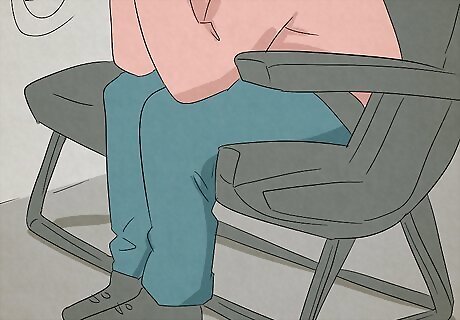
Keep your feet flat on the floor with your legs tucked slightly rearward. During impact, your feet will slide forward and keep moving even once the plane stops. To protect your legs and feet, plant your feet flat and pull your legs back so your feet are right below your knees. Don't stretch your feet in front of you, even if you keep them flat. Your legs will continue to slide forward so you want them as far back as possible when you brace.
Are there alternatives to the brace position?
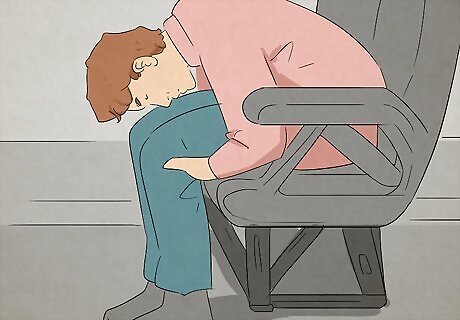
Yes—when you're told to brace, make your body compact. If you don't have a seat in front of you to press your head against, don't worry! It's also acceptable to bend forward as much as possible and grab your lower legs instead of putting your hands on the back of your head. Don't bend forward and stretch your arms out in front of you. You want to draw your limbs in close so you don't flail. Keep your feet flat on the floor and remember to tuck your legs back so they won't slide forward as much.
Why is it important to assume the brace position in a crash?
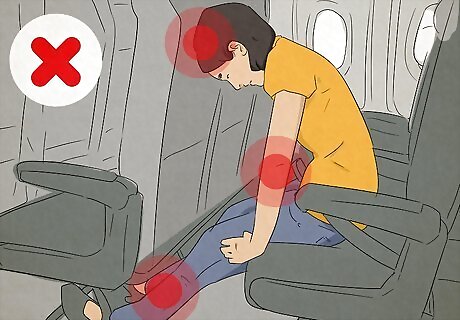
It keeps your limbs close to your torso so they don't flail. This may not sound important, but if your legs and arms are swinging around during a crash, they could hit the chair in front of you or another passenger. Keeping your limbs tucked close prevents flailing and makes it more likely that you can survive the impact.
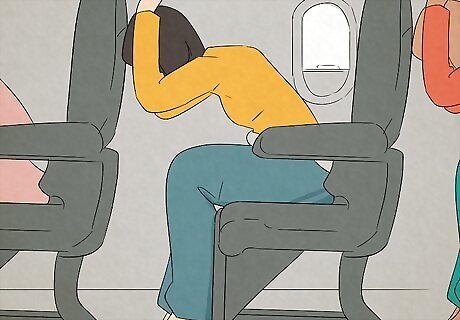
The brace position softens any impact you might have during a crash. If you don't brace and you're sitting straight up, your body will jerk forward and hit the seat or wall in front of you. Bracing brings you closer to the chair or wall so there's less momentum—this means you won't hit the surface as hard and won't get injured as badly. Airplane seats are also designed to absorb shock in the event of a crash. Airlines are constantly testing and redesigning seats to offer maximum protection to their passengers.
Should I try to hold onto my child or help them brace?
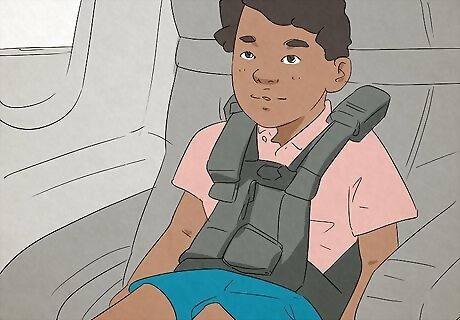
No—kids should brace on their own or be in an approved restraint system. You'd actually put yourself and them at risk for greater injury if you pull them onto your lap or you reach over and try to shield them. Instead, direct your child to properly brace. If they're young and weigh less than 40 pounds (18 kg), they should be in a child-restraint system in their own seat. This gives them more protection than if they were sitting on your lap. The Federal Aviation Administration strongly recommends that you put your small child into a car seat instead of keeping them on your lap.
Can the brace position kill you if the plane crashes?
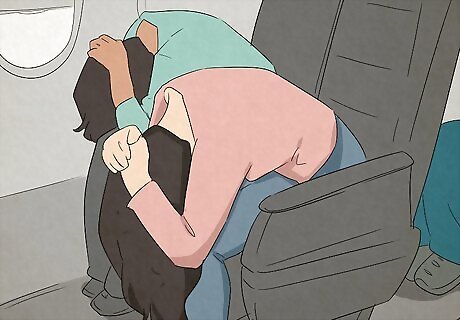
No—that is simply a myth. Research has shown just how effective the brace position is at preventing serious injury during a crash. It's simply not true that the brace position is meant to harm you! Specifically, bracing can prevent damage to your neck, shoulder injuries, and damage to your legs.















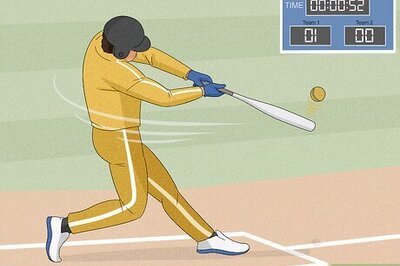

Comments
0 comment